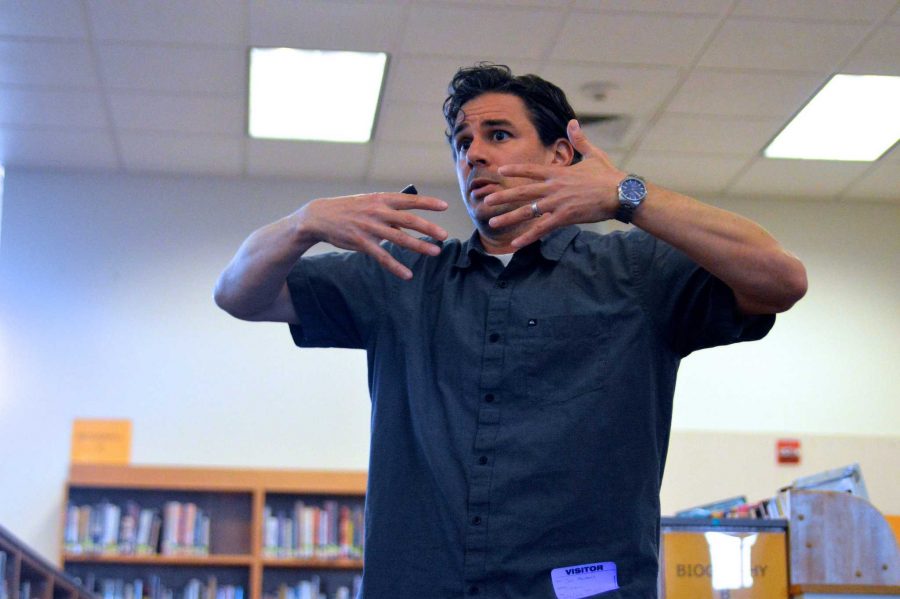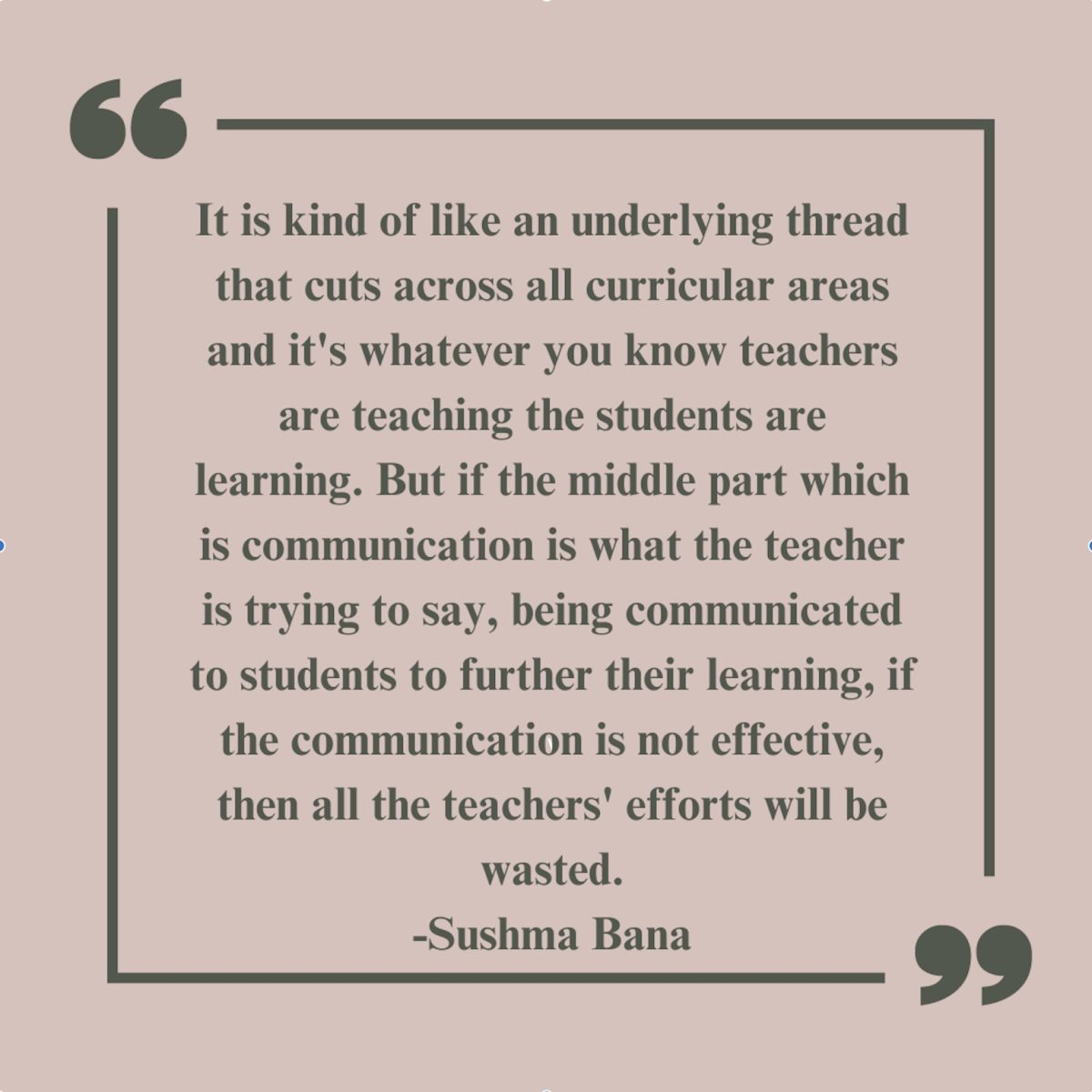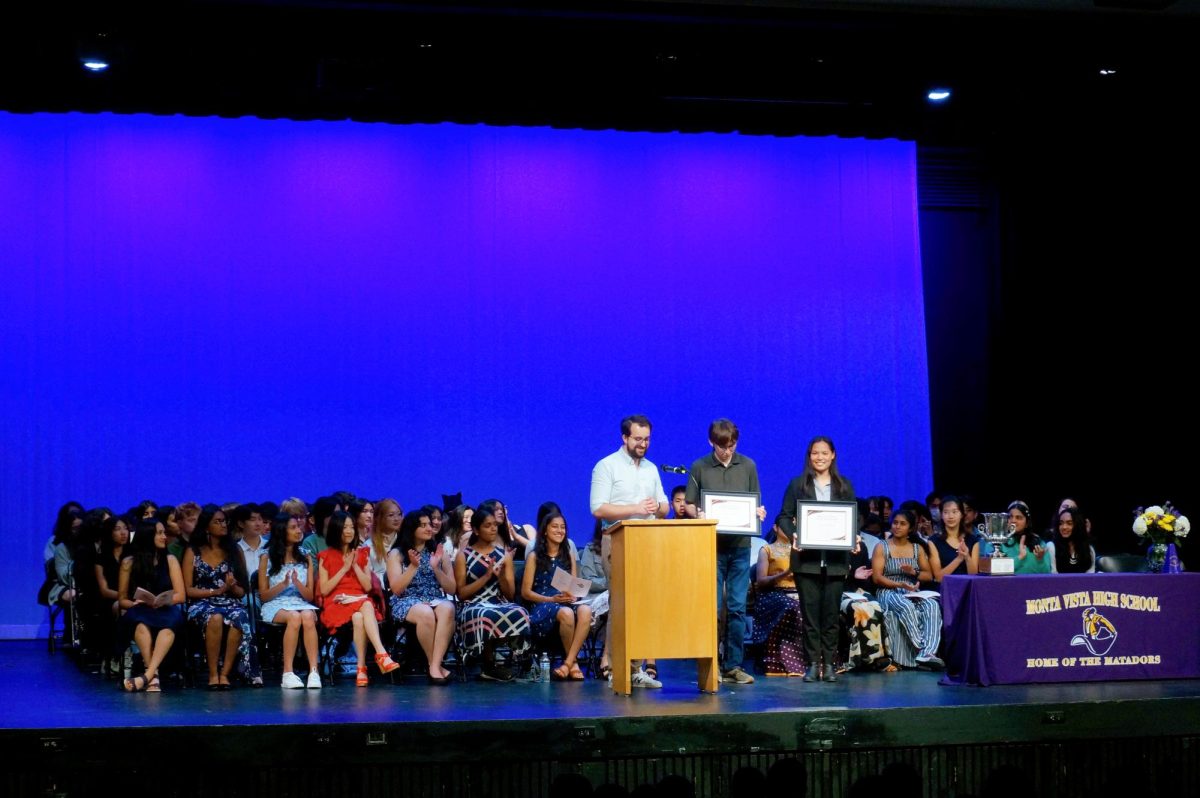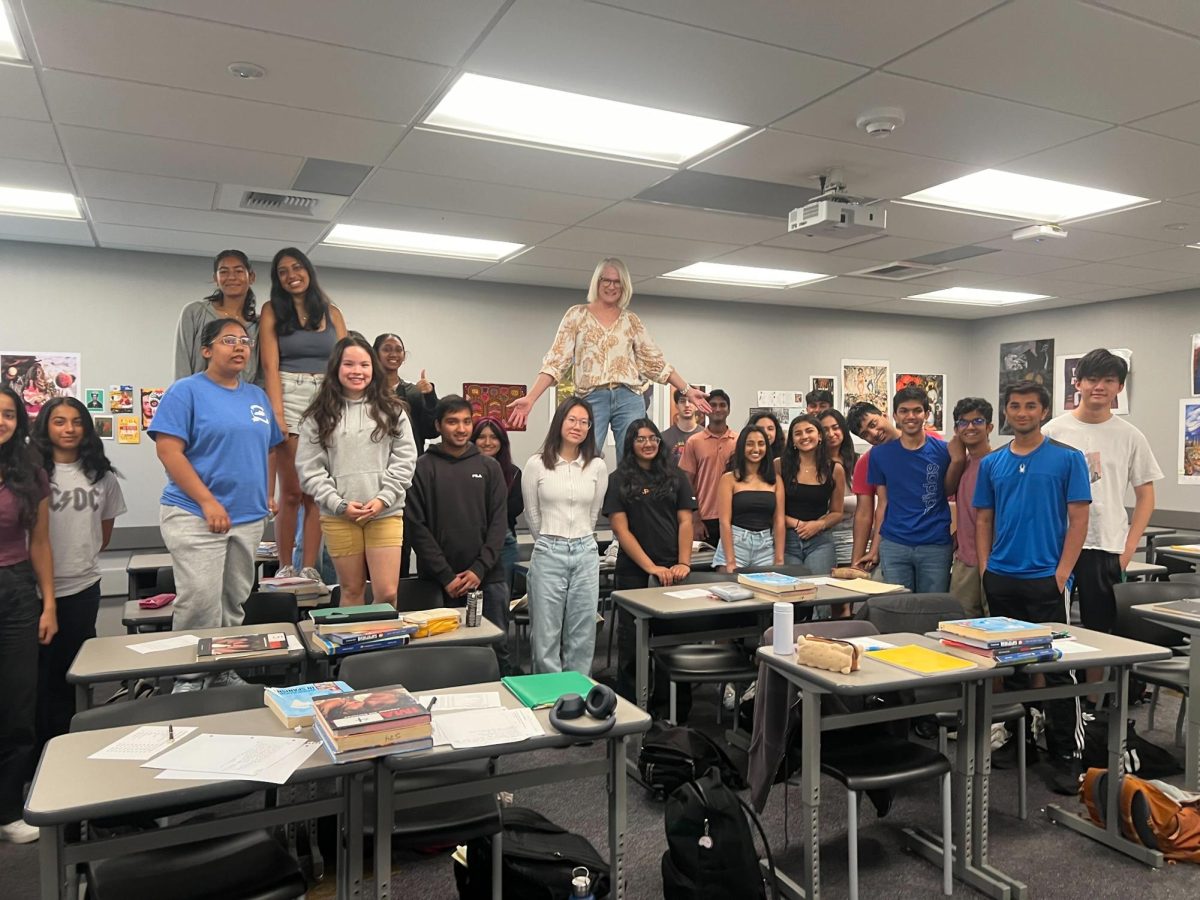On March 9, during second and fourth period, AP Statistics students filed into the library to listen to Stanford Instructor of Psychology and Behavioral Sciences Daniel Abrams discuss his research and study design. Math teachers Debbie Frazier, Kathleen McCarty and Colin Anderson assigned the students extra credit to take notes on Abram’s presentation.
In his talk, Abrams first reviewed the background of autism, specifically, the relationship between autism and speech. He explained how his study, funded by the National Institute of Health, asks why individuals with autism have difficulty orienting to speech.
“Speech is not just a string of words,” Abrams said in his presentation. “Speech provides all kinds of information about the words.”
After explaining the significance of his study, Abram began to delve into the design of his study, especially focusing on the importance of controls in research. Statistics students learn the value of controls as their own curriculum has a unit on experiment design; thus, Abrams explanation of how they were used in his own study serves as a real world application for MVHS students to observe.
“In science, we only want to change one variable at a time,” Abrams said, explaining the notion of controls. “This is kind of a tall order, so we try our best.”
Photos by Malini Ramaiyer
As he explained his study, Abrams not only involved students by drawing connections to what they learn in statistics but he also asked them questions along the way, so the students could understand the purpose of each step in his experiment.
“Why am I playing two different sounds as stimuli?”
“What is the value of the cat meow?”
He reviewed the mechanics of his study from the fMRI used to scan adolescents’ brains to the various stimuli used on the participants of the study. Abrams walked students through the study to show them the value in research and science and how statistics applies to life after high school.
“It’s useful to think of things you see in everyday life as things you see on a continuum. And then, think about how you might statistically analyze that distribution and determine how you would figure out if someone is on a normal range of that continuum,” Abrams said. “It comes down to looking around carefully and thinking of ways to quantify that.”






















